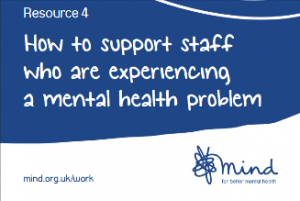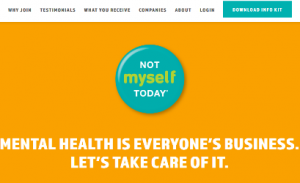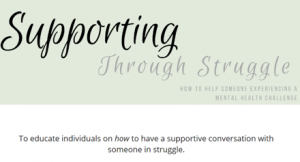Last February I wrote the post “10 of My Favourite Quotes that I Live, Learn, and Love From”. I ended it with a call for readers to send in their go-to, must-remember, ever-inspiring quotes. And send them in you did!
Words can’t cure mental illness or alleviate stress, but they can make it more comfortable as the pain passes. Below you’ll find further hope-filled sentences helping us to breathe a little easier and guiding us when the path gets rough. Thanks to all of you who contributed!
1.“Love conquers all (Amor Vincit Omnia).” – Roman poet Virgil; painted by Caravaggio; sung by Deep Purple (anonymous submission)
2. “The best way to overcome it [the fear of death]—so at least it seems to me—is to make your interests gradually wider and more impersonal, until bit by bit the walls of the ego recede, and your life becomes increasingly merged in the universal life. An individual human existence should be like a river: small at first, narrowly contained within its banks, and rushing passionately past rocks and over waterfalls. Gradually the river grows wider, the banks recede, the waters flow more quietly, and in the end, without any visible break, they become merged in the sea, and painlessly lose their individual being. The man who, in old age, can see his life in this way, will not suffer from the fear of death, since the things he cares for will continue. And if, with the decay of vitality, weariness increases, the thought of rest will not be unwelcome. I should wish to die while still at work, knowing that others will carry on what I can no longer do and content in the thought that what was possible has been done.” – Bertrand Russel (submitted by Amir A.)
3. “Peace begins with a smile.” – Mother Teresa (anonymous submission)
4. “Bad things happen not to go through, but to grow through.” – Prince EA (submitted by Terri L.)
5, “It takes courage to grow up and become who you really are.” – EE Cummings (anonymous submission)
6. The Peace of Wild Things – a poem
When despair for the world grows in me
and I wake in the night at the least sound
in fear of what my life and my children’s lives may be,
I go and lie down where the wood drake
rests in his beauty on the water, and the great heron feeds.
I come into the peace of wild things
who do not tax their lives with forethought
of grief. I come into the presence of still water.
And I feel above me the day-blind stars
waiting with their light. For a time
I rest in the grace of the world, and am free.
– Wendell Berry (submitted by David G.)
7. “Honor your future self with good habits.” – Terri Lawrence (submitted by Terri)
8. “I can tell you that whatever you are looking for is already inside you.” – Anne Lamont (submitted by Suzanne T.)
9. “To the bird, a nest; to the spider, a web; to man, friendship” – William Blake (submitted by Shelley P.)
10. “If you wish to experience peace, provide peace for another.
If you wish to know that you are safe, cause another to know that they are safe.
If you wish to better understand seemingly incomprehensible things, help another to better understand.
If you wish to heal your own sadness or anger, seek to heal the sadness or anger of another.” – His Holiness the 14th Dalai Lama (submitted by Roger S.)
11. “Yesterday is history, tomorrow is a mystery, today is a gift…which is why we call it the present.” ― Bill Keane (submitted by Sylvia P.
Keep those quotes coming! I love discovering new ones. Which ones of the above is your favourite? Enquiring minds want to know. Or at least this enquiring mind wants to know.
© Victoria Maxwell

 Mind:
Mind:  Job Accommodation Network (JAN)
Job Accommodation Network (JAN) Not Myself Today:
Not Myself Today: 

 Hayley Peek Consulting:
Hayley Peek Consulting: Provides various free resources such as tools, training, strategies, assessments for employers, staff, managers to improve workplace mental health.
Provides various free resources such as tools, training, strategies, assessments for employers, staff, managers to improve workplace mental health. 